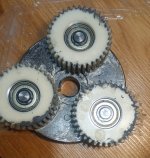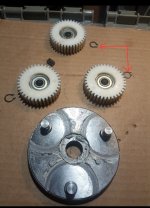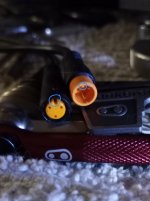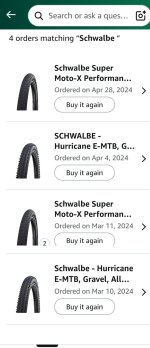GMA52
Active Member
- Region
- USA
- City
- Dallas/Fort Worth Area
Looks like I have my answer as I am using tube tires
“
Muc-Off and FlatOut are different products used for different purposes:
Muc-Off is a brand of tubeless tire sealant, while FlatOut is a brand of tire sealant additive that can be used in a wide range of tires, including bicycles and cars. Muc-Off sealant is designed to be injected into a tubeless tire to seal punctures up to 6mm, whereas FlatOut is a fiber and filler-based sealant designed to last the life of the tire by forming a permanent plug at the puncture site. “
“
Muc-Off and FlatOut are different products used for different purposes:
Muc-Off is a brand of tubeless tire sealant, while FlatOut is a brand of tire sealant additive that can be used in a wide range of tires, including bicycles and cars. Muc-Off sealant is designed to be injected into a tubeless tire to seal punctures up to 6mm, whereas FlatOut is a fiber and filler-based sealant designed to last the life of the tire by forming a permanent plug at the puncture site. “





